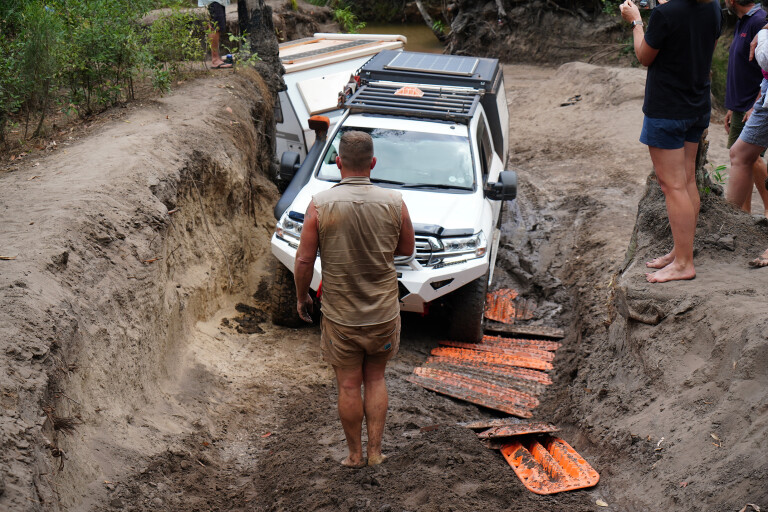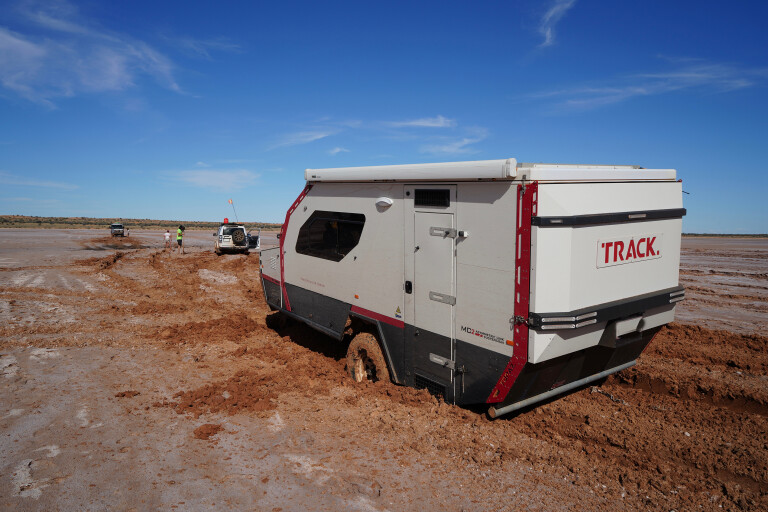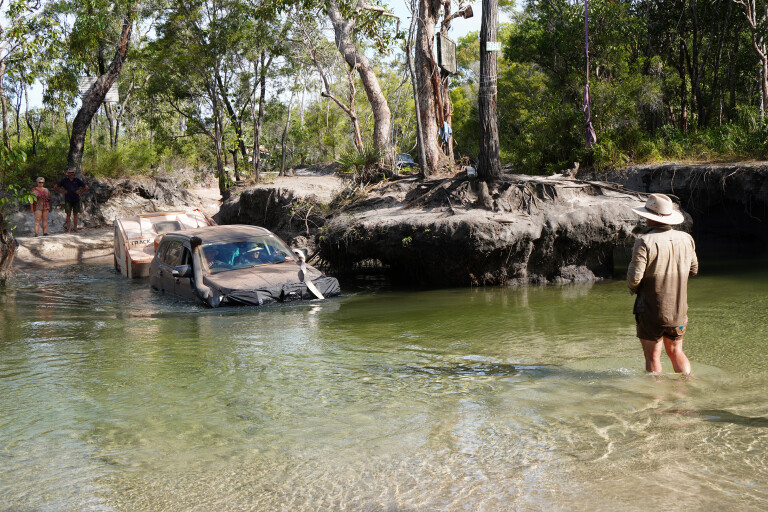
His arrogant attitude would give anybody a bad name under any circumstance, but as he was towing a trailer across the Simpson Desert – and he was bogged in the middle of a wet claypan – just exaggerated the fact that many people believe trailers are a pain and should be banned.
Most of all, said people believe those towing trailers should get out of the way of ‘real’ four-wheelers who don’t take trailers anywhere but are, at the same time, experts at towing and trailers in general. I’m not one of them, and I’m sure I’ll ruffle a few feathers with my stance.
For the last 40 odd years, I’ve been towing trailers whenever we go on a long trip, whether that is in the desert country, along a beach somewhere, in the Victorian High Country, or any place in-between. Thinking about it, back when I was in the Army I was towing trailers through the desert in the 1970s, so that makes it close to 50 years of experience with trailers in all sorts of environments.

If you have a trailer you need to change your attitude and know your limitations with it and the environment you’re driving in, as well as what changes to your driving style you need to make because of the trailer on the back.
There are even times when you may need to leave the trailer behind, such as on the Ingeegoodbee Track in the far east of the Victorian High Country. Still, there are plenty of places a trailer will go, heedless of what the naysayers reckon.
Over the last couple of years I’ve joined my son and Moon Tours on trips across the Madigan Line in the Simpson, through the deserts of WA, and along the toughest trails on Cape York, all with trailers on the back of nearly all of the vehicles in our small convoys.

Not only have we traversed these iconic tracks, but with low tyre pressures and the employment of shovels and MaxTrax on numerous occasions, we’ve come through with a minimal amount of wheel spin. This has left, in the case of the Simpson, the track in better condition after we’ve been up and over a dune than it was before we came along. That’s no bull!
On the Cape, we do far less damage to the tracks with the trailers on the back than the often-seen hoon with V8 engine roaring and big mud tyres spinning and ripping up the approaches to such crossings as Gunshot and Cannibal Creek. They haven’t heard of slow and steady, and if they have, such a reserved mode of conduct does little for their ego, which in most cases is much bigger than their brains.
So, before you head off with a trailer on the back, it may pay to do a trailer towing course and learn how to reverse – and practice that often, as sooner or later you’ll be caught at the dead end of a track where you may not be able to turn around straight away.

Learn the limitations of your trailer, how it cuts corners and the best way to do a recovery if and when required to do one. A trailer skid from Skid Row Recovery or MaxTrax might just be the thing you’ll need to get out of trouble.
Get your trailer tyre pressures down. We often run our trailer pressures considerably lower than the tow tug, but that will depend on the size and weight of the trailer. Start at 20psi and don’t be scared to go lower.
So what happened to old arrogant mate? We offered assistance, water and a sat phone, but he was having none of it. We left him to his own devices; although, some other travellers, more giving with their time, were already helping. I guess he finally made it to Birdsville and I hope he learned a lesson or two.

COMMENTS